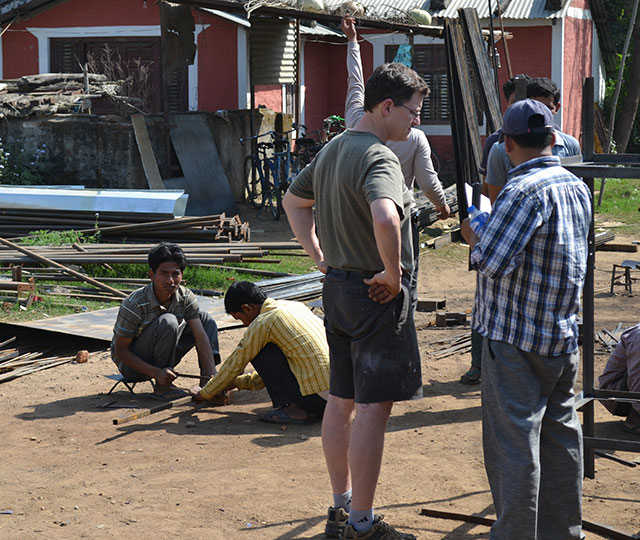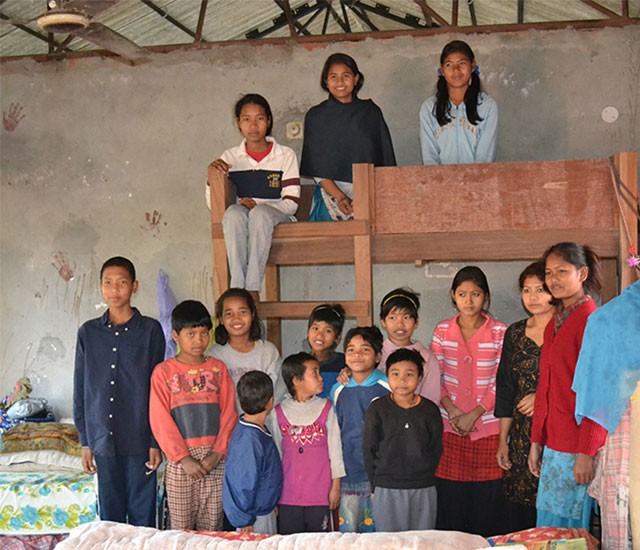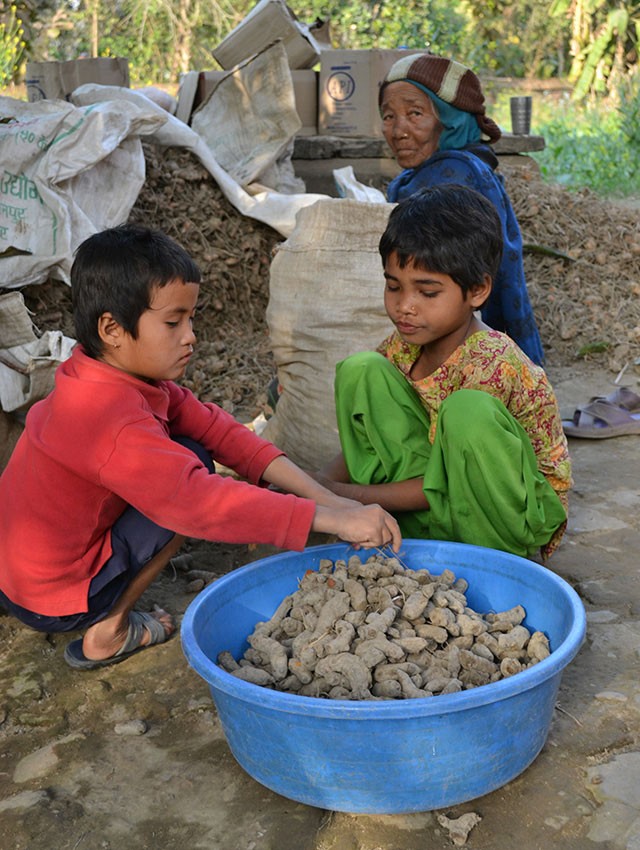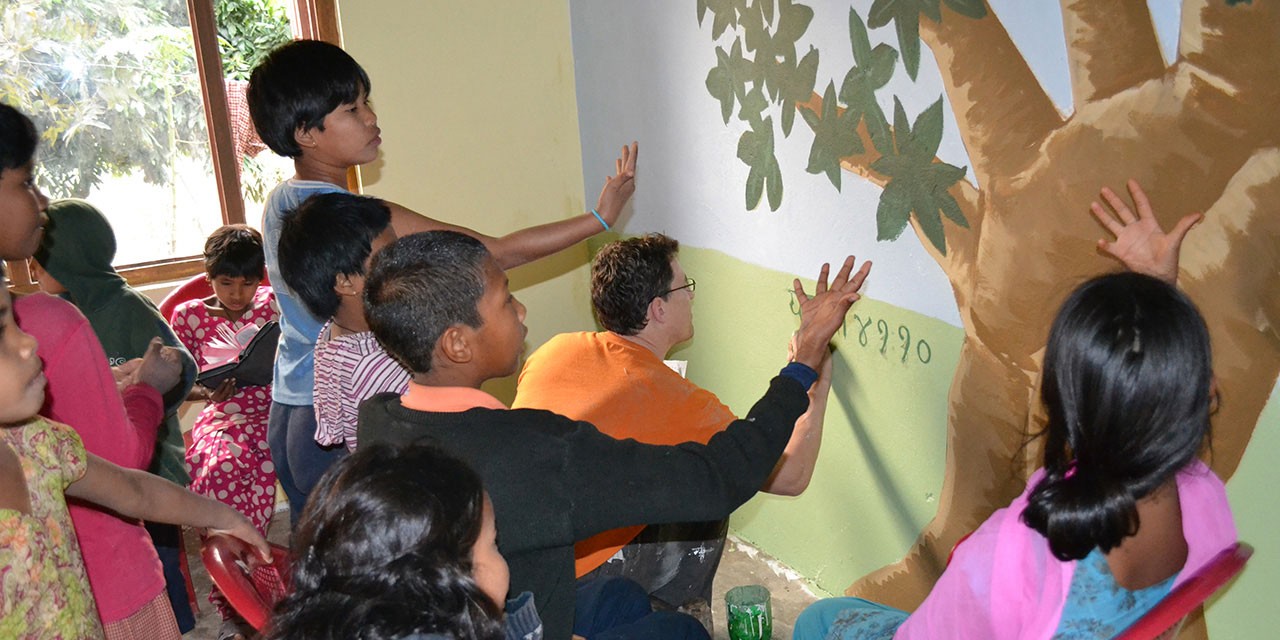In addition to his work as SMMA’s Architectural Team Leader, Mike Kyes volunteers with the Open Architecture Collaborative, a group of designers, builders, and social entrepreneurs dedicated to serving communities that are often overlooked and underrepresented. The OAC’s Boston chapter has provided pro bono design services to local communities for the past 10 years, and has led all U.S. chapters in terms of international outreach, designing in countries like Guatemala, Haiti, Madagascar, and Nepal.
His efforts with the OAC have allowed Mike to experience firsthand the profound and deeply personal impact of humanitarian design projects, reinforcing his belief in the power of architecture to positively impact people’s lives.

When was the OAC founded, and how can people get involved?
MK: When Architecture for Humanity ceased operations in 2015, the organization’s 30+ chapters across six continents were left wondering what was next for its thousands of volunteers and remaining unfinished projects. These volunteers chose to reorganize in a “bottom-up” way, forming a collaborative network and establishing a new name that complemented AFH’s longstanding mission with more of a focus on collecting and sharing valuable lessons learned among our chapter network. The OAC is intended to make “open” architectural planning and design resources, empowering those who would otherwise not have access to them.
In your work with the OAC, you use a “participatory design approach” – what is this, and how you are able to operate this way on projects abroad?
MK: Participatory design, in the broadest sense, means helping end users drive the design process by engaging them early and often in decision-making. It is the difference in being designed “for” and being designed “at.” At OAC, we hold local community charrettes, developing tools and methods to encourage the best input from end users and stakeholders. We have deployed a similar approach at SMMA during our visioning sessions for school designs, where we hear directly from teachers and other key participants.
As you might imagine, when designing projects across the globe, geographical constraints – from coordination to language and cultural barriers – can make this ideal very hard to reach. Our best international projects involve making an in-person commitment that spans the life of the project. Sometimes, this involves a brief trip, to establish an initial connection; other times, a small group will actually live among the local community for the building period.





